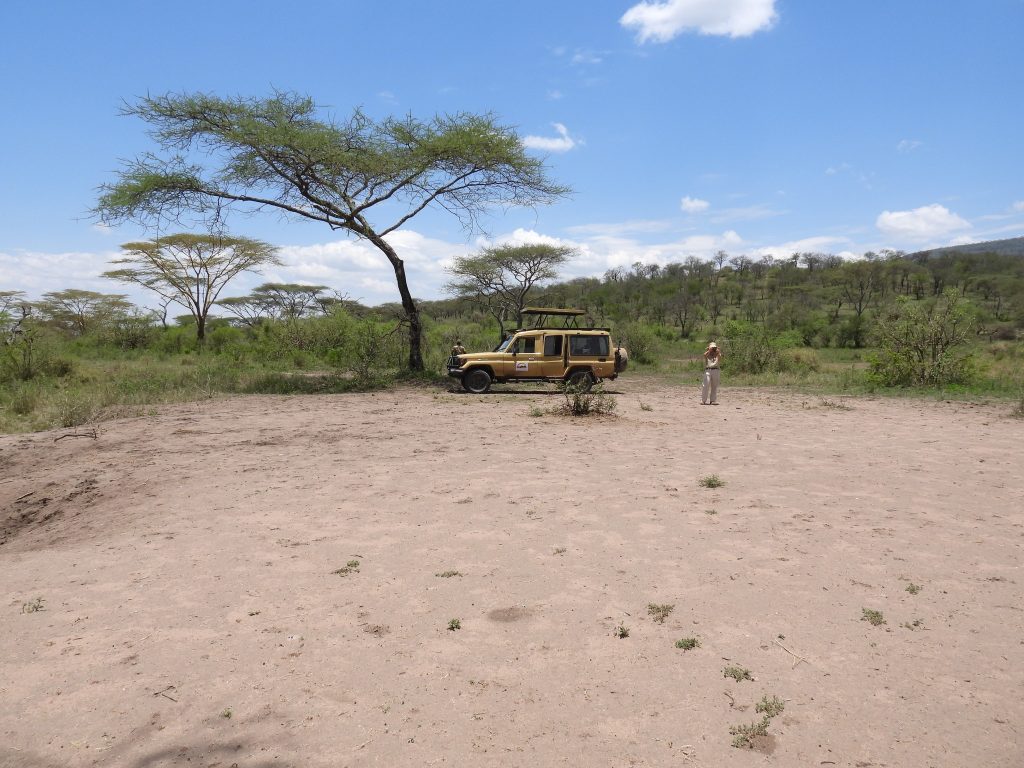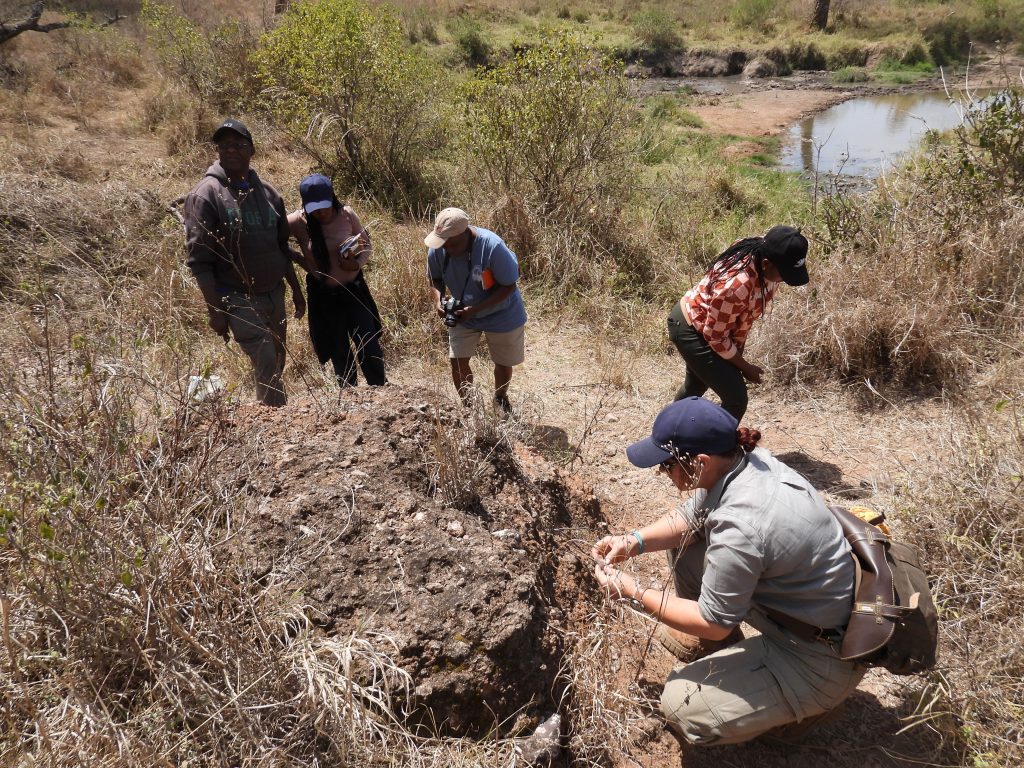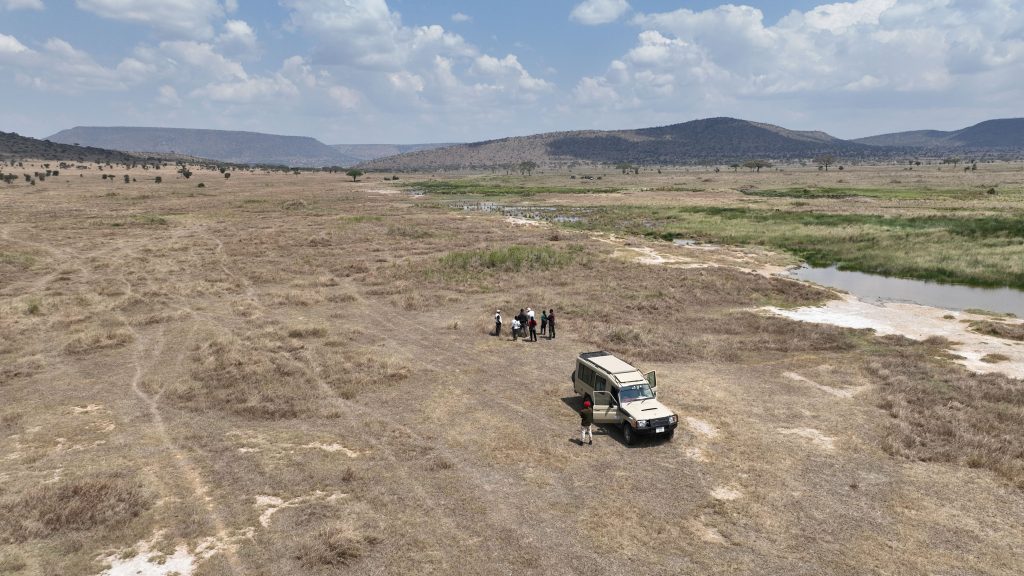SERENGETI REFUGIUM. Factors of recent human evolution: behavior, seasonality, human-animal interactions, technology and environment variability in Middle Stone Age
Funding Source: National Science Centre (NCN), OPUS 26 programme
Project Duration: from 2024-09-16 to 2028-09-15
Granted Amount: 1 680 702 PLN

Project Description:
Despite having lost its status as the ‘cradle of humankind’ today, the African Great Rift Valley is still recognised as a sanctuary of our species. Optimal environmental conditions meant that humans could survive there during periods of dramatic climatic crises in the Pleistocene. The Serengeti Plain can therefore also be described as the humankind’s refugium. Our species’ unique ability – the ability to adapt to wildly different environmental conditions – has been one of the cornerstones of our evolutionary success. Archaeological research from the African area indicates that this is where Homo sapiens developed this trait. There is a heated debate as to what motivated this behavioural plasticity in humans. A few years ago, our team, as a result of research in Sudan, produced new arguments of unprecedented resolution – we identified the impact of seasonal variation and environmental change on human adaptation patterns. We now know that around 50,000 years ago, humans visibly changed their pattern of living by adapting to animal migration, the flooding of the Nile and the availability of raw materials. Plasticity was thus not only shaped by millennia or geographical differences but was practised at the scale of each annual cycle. The project aims to verify the findings from the Nile Valley, an area of massive annual animal migrations and, at the same time, a key area in the oldest history of modern humans – the Serengeti Plain.
In cooperation with Tanzanian scientists from the University of Dar es Salaam, we are planning to initiate Polish archaeological research in Tanzania. The excavation work (3 research seasons) will be conducted at the Loiyangalani site in the Serengeti. It was discovered about 50 years ago, and initial research has shown its high cognitive potential. Numerous collections of stone artefacts and perfectly preserved fossilised animal remains have been discovered there, demonstrating the tremendous scientific potential of Loiyangalani. The scientific tasks carried out within the framework of the project include the precise determination of the chronology of the site based on various analytical methods in the current variants (OSL singlegrain, AMS C14, ESR), the assessment of the impact of animal migration on the lifestyle of people in the region based on innovatively applied archaeozoological research, the creation of modern topographic imaging based on GIS, the testing of various analytical methods from the field of Archaeological Science.

Excavations at the Loiyangalani site are expected to contribute new data to our knowledge of the basis of human behavioural plasticity in the Middle Palaeolithic era. This is one of the fundamental reasons for conducting the project. The area of East Africa, mainly Tanzania, has been, so to speak, scientifically marginalised after the era of great palaeoanthropological discoveries. Currently, there is only occasional research there on a few Late Pleistocene sites, with new data coming mainly from South Africa, Morocco, Algeria or Sudan. By carrying out the project, we want to reintroduce scientific data from the Rift Valley into the ongoing debate about the behavioural evolution of our species and its unique characteristics, which are, in fact, fundamental even today. Following an invitation from the Tanzanian authorities during last year’s PAN-Africa Congress, we want to initiate Polish research in the country. This is a unique opportunity to undertake research in a scientifically prestigious region, the data from which will enable Polish archaeology to appear even more prominently in the global scientific discourse.
The rank of the results potentially gained from the project is very high and difficult to overestimate. We hope that they can seriously contribute to the state of our knowledge of the behavioural, cognitive and adaptive characteristics of humans during their successful expansion out of Africa. The main outcome will be the acquisition of new archaeological and archaeozoological data from the East African area using state-of-the-art methods. Verification of the site’s existing dating will indicate for how long the Serengeti served as a ‘refugium’ for Homo sapiens, providing optimal living conditions consistent with patterns developed 100,000 years earlier. We expect that the information obtained in the Serengeti on hunting, camp organisation, and techniques for processing various stone raw materials will severely enrich knowledge of the late evolution of our species and the history of the acquisition of skills that enabled it to colonise extremely different environments. This is essential knowledge for the scientific debate and contemporary societies facing global climate change.


